What is the role of artificial intelligence in manufacturing? Well, there are a lot of use cases for artificial intelligence in everyday life, but what about AI in manufacturing? The effects of artificial intelligence in business heavily include manufacturing.
Are you scared of AI jargon? We have already created a detailed AI glossary for the most commonly used artificial intelligence terms and explained the basics of artificial intelligence as well as the risks and benefits of artificial intelligence for organizations and others. So, it’s time to explore the relationship between artificial intelligence and manufacturing.
What is artificial intelligence in manufacturing?
Artificial intelligence (AI) in manufacturing refers to a machine’s ability to think like a human, respond independently to internal and external events, and anticipate future occurrences. When a tool wears out or something unexpected—or perhaps even something unexpected—happens, the robots can recognize it and take action to fix the issue.
Artificial intelligence in manufacturing entails automating difficult operations and spotting hidden patterns in workflows or production processes.
Manufacturers now have the unmatched potential to boost throughput, manage their supply chain, and quicken research and development thanks to AI and machine learning.
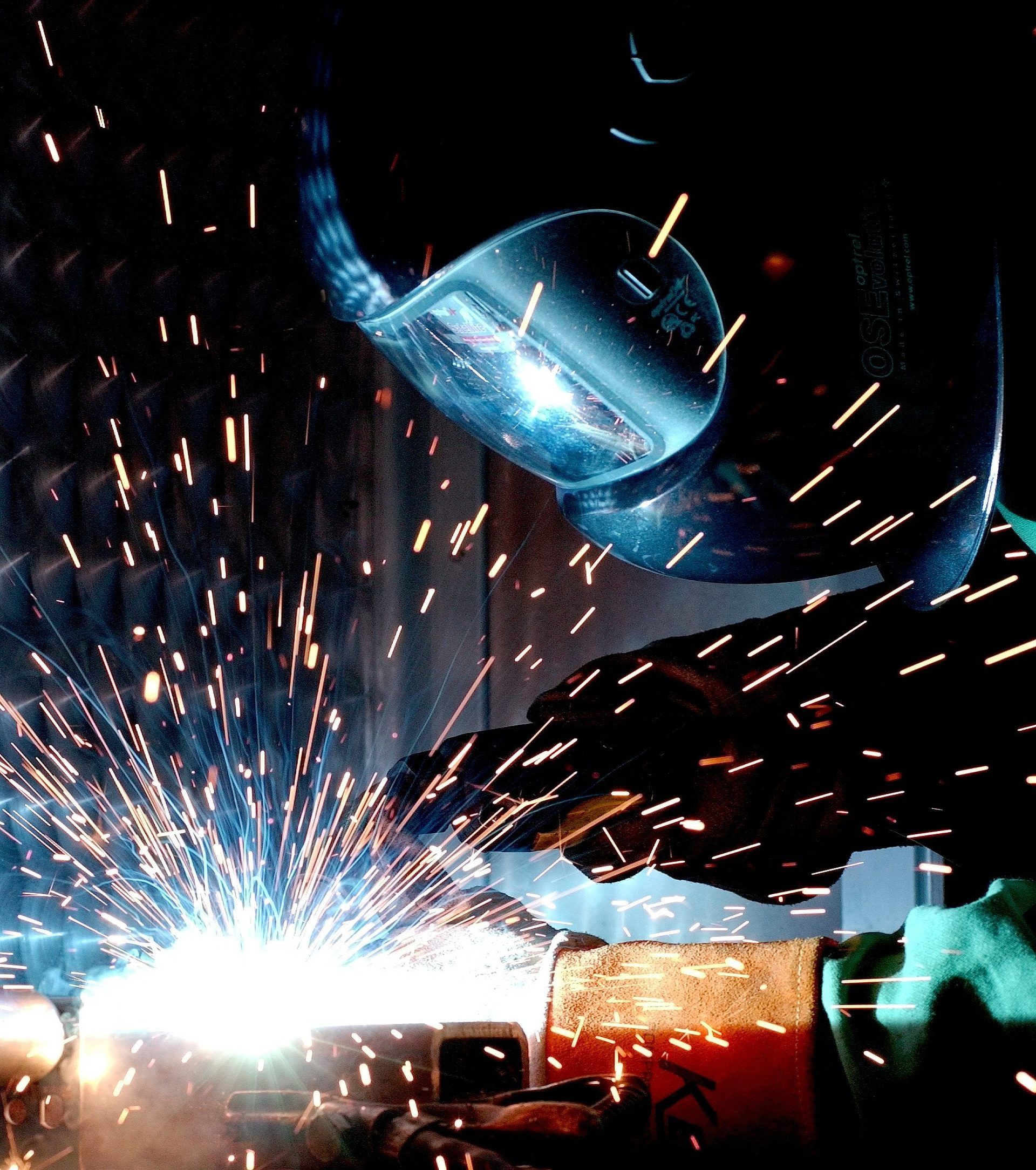
According to The AspenTech Industrial AI Research, only 20% of large industrial organizations have adopted AI, despite 83% believing it generates superior results.
For artificial intelligence to be successfully implemented in manufacturing, domain expertise is crucial. Because of that, artificial intelligence careers are hot and on the rise, along with data architects, cloud computing jobs, data engineer jobs, and machine learning engineers.
Artificial intelligence (AI) has the potential to transform the manufacturing industry. The potential advantages include enhanced quality, decreased downtime, lower costs, and higher efficiency. This technology is accessible to smaller firms as well. AI solutions with high value and low cost are more available than many smaller manufacturers believe. So, let’s take a closer look at them.
Impact of AI on the manufacturing industry
Markets and Markets estimates that by 2027, artificial intelligence in the manufacturing market will be worth USD 16.3 billion, increasing at a CAGR of 47.9% from 2022 to 2027. The market is currently valued at USD 2.3 billion. Did the precursors of artificial intelligence dream of it?
Capgemini’s research demonstrates how the most common AI application cases in manufacturing are progressing:
- Maintenance (29% of manufacturing AI use cases)
- Quality (27%)
Manufacturing data’s prominence is fueled by AI and machine learning work well with it. Machines can more easily analyze the analytical data that is abundant in manufacturing. Hundreds of variables impact the production process, and while these are challenging for humans to examine, machine learning models can forecast the effects of individual variables in these challenging circumstances.
Check out the 15 real-life examples of machine learning
AI’s impact on manufacturing is revolutionary. Danone Group, a French food business, employs machine learning to increase the precision of its demand forecasts. This resulted in:
- 20% decrease in forecasting errors.
- 30% decrease in lost sales.
- 50% reduction in demand planners’ workload.
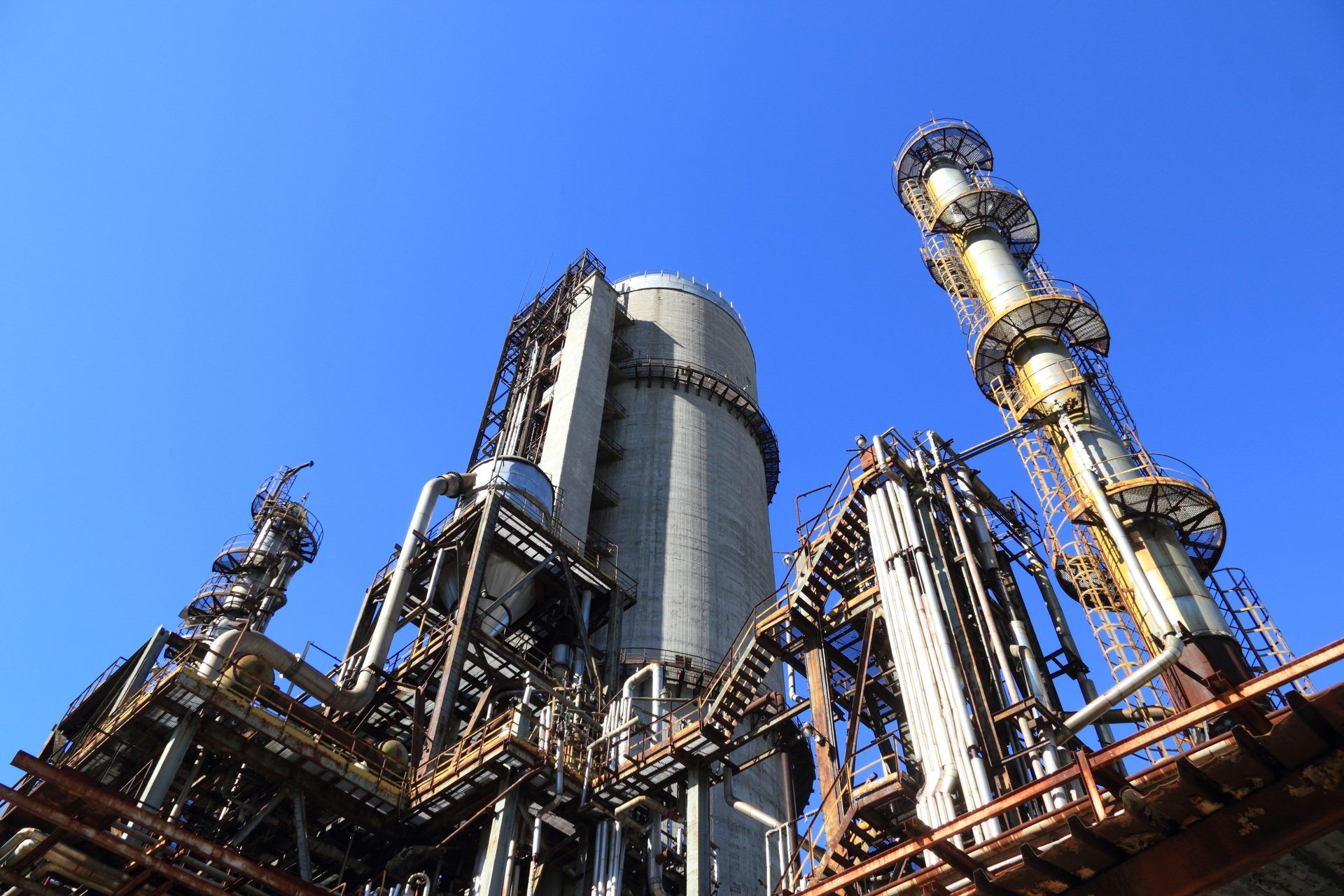
Due to these statistics, have you begun to wonder about all the advantages of artificial intelligence in manufacturing? We’ve gathered them all for you, so don’t worry.
Benefits of AI in manufacturing
What are the main benefits AI brings to the manufacturing industry? Industrial manufacturing has the greatest rate of AI functionality among all industries, with 93% of business leaders reporting that it is at least fairly functional in their company. The reasons are:
- Better quality
- Quick decision making
- Lower operational costs
- Preventative maintenance
- Enhanced production designs
- Safety
- 24/7 production
- Quicker adaptation to the market changes
Check out the effect of artificial intelligence in developing countries
So, let’s explore them.
Better quality
Quality assurance may be the main benefit of artificial intelligence in manufacturing. Businesses can employ machine learning models to spot deviations from typical design criteria, flaws, or consistency issues that a normal person might miss.
How are artificial intelligence and information technology related?
Machine learning techniques improve product quality while reducing costs and time spent on quality assurance.
Quick decision making
When IIoT is linked with cloud computing and virtual or augmented reality, businesses can communicate about industrial activities, share simulations, and send vital or relevant information in real-time, independent of location.
Sensor and beacon data helps businesses estimate future demand, make quick manufacturing decisions and speed up communication between manufacturers and suppliers. It also helps organizations understand customer behavior.
Lower operational costs
Given the significant capital commitment required, many businesses are wary of applying AI to the manufacturing sector. However, the ROI is substantial and gets better over time. Businesses will profit from significantly lower operating expenses as intelligent machines take over a factory floor’s everyday tasks, and predictive maintenance will also help decrease machine downtime.
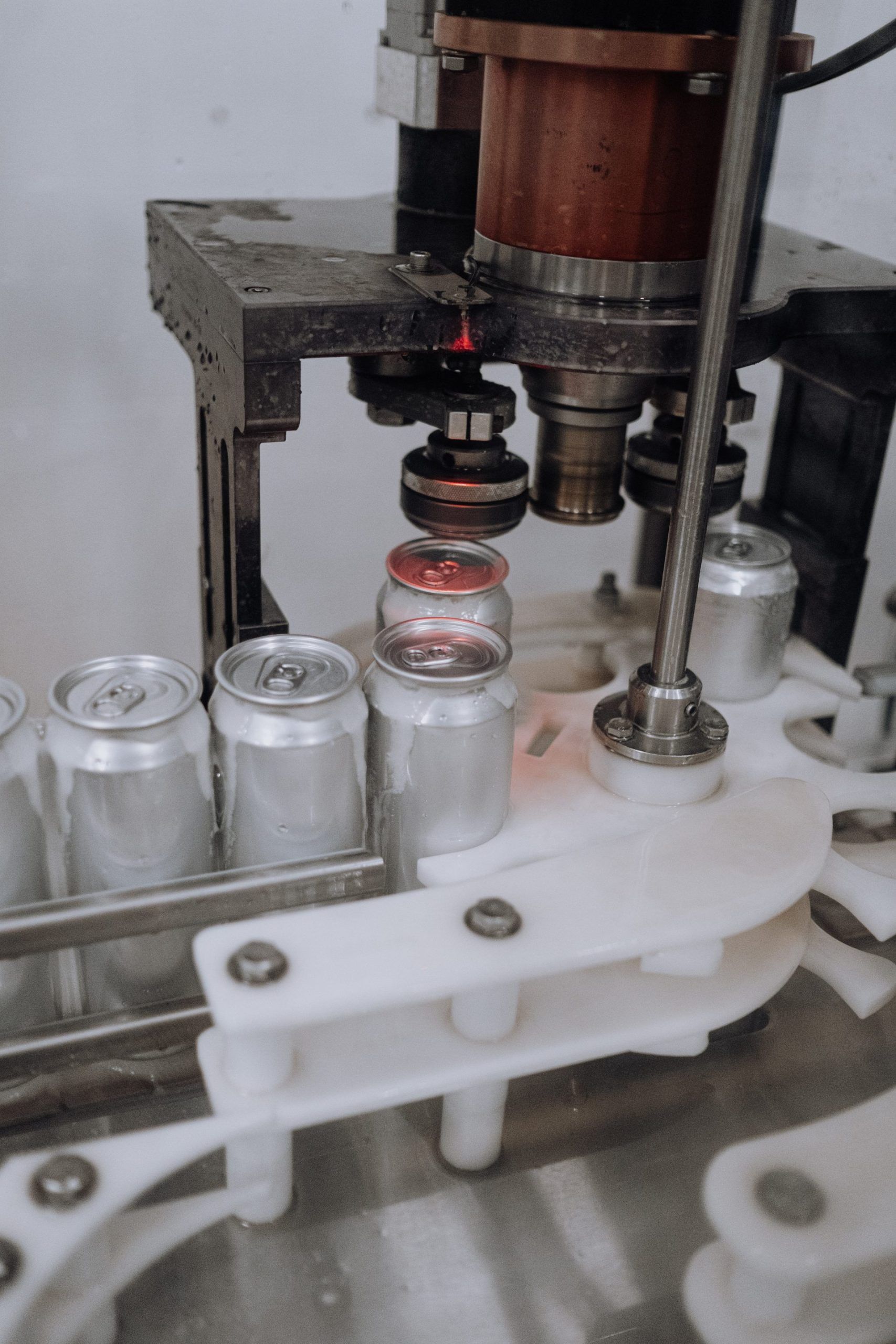
Consumers anticipate the best value while growing their need for distinctive, customized, or personalized products. It is becoming easier and less expensive to address these needs thanks to technological advancements like 3D printing and IIoT-connected devices. Adopting virtual or augmented reality design approaches implies that the production process will be more affordable.
Systems can be created and tested in a virtual model before being put into production, thanks to machine learning and CAD integration, which lowers the cost of manual machine testing.
Preventative maintenance
Preventive maintenance is another benefit of artificial intelligence in manufacturing. You may spot problems before they arise and ensure that production won’t have to stop due to equipment failure when the AI platform can predict which components need to be updated before an outage occurs.
Enhanced production designs
AI is bringing about positive changes in product design.
One approach, for instance, is for engineers and designers to create a brief fed into an AI system.
Data from the brief might include limitations and guidelines for the kinds of materials that can be used, production techniques that can be used, time restraints, and financial restrictions.
The program would then investigate every scenario before presenting a list of the top options. Testing those solutions with machine learning can determine the most effective approach.
Safety
People are flawed and prone to error, especially if they are fatigued or preoccupied. On the factory floor and in any building or processing setting, errors and accidents do happen, but AI and robotic aid can all but eliminate this propensity.
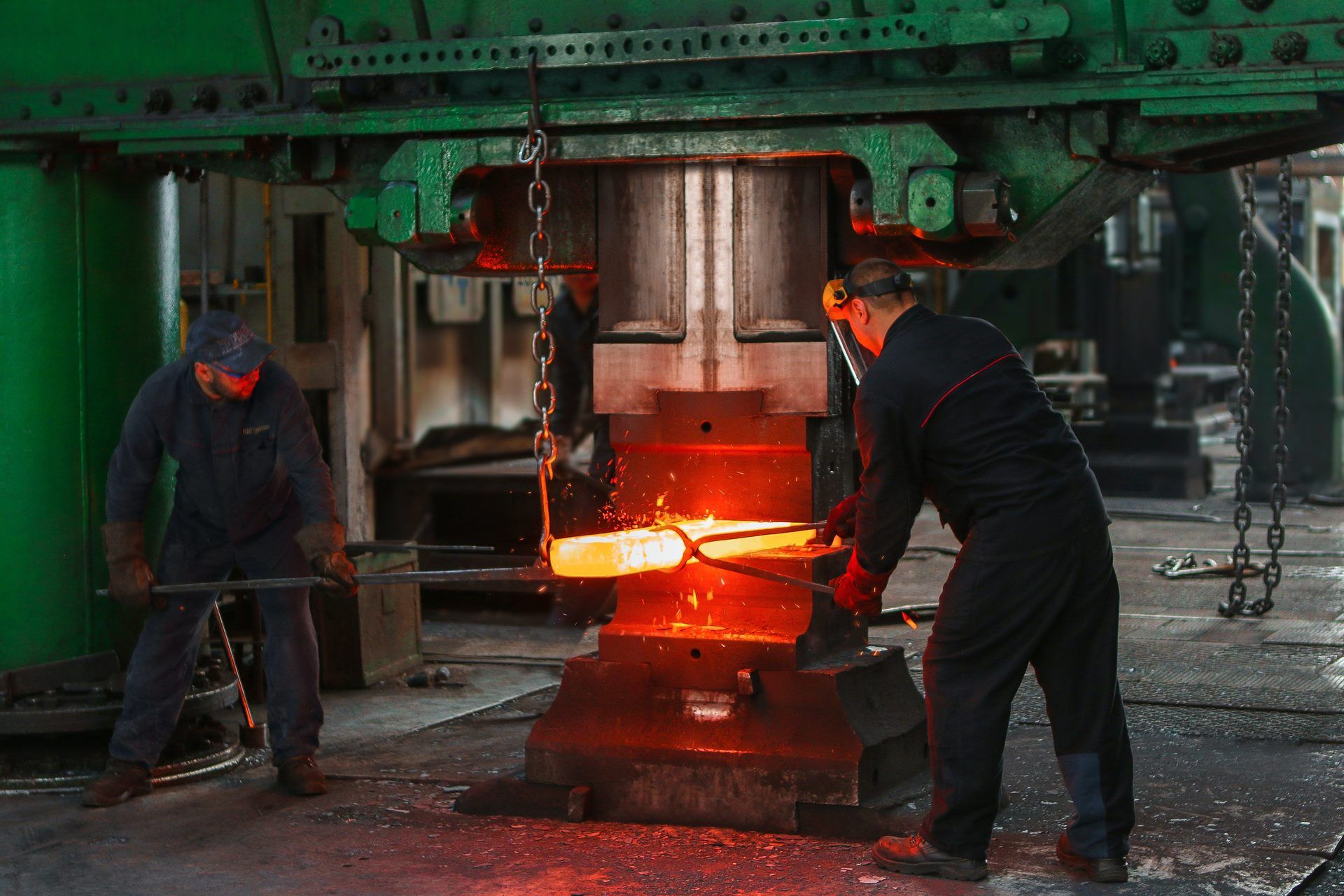
When the work is hazardous or demands superhuman effort, the remote access control reduces human resources. Even routine working conditions will reduce the frequency of industrial accidents and increase safety overall. A simpler and more efficient way to preserve human lives is to create safety guards and barriers thanks to increasingly sophisticated sensory equipment coupled with IIoT devices.
24/7 production
Because we are biological beings, humans require regular upkeep, like food and rest. Any production plant must implement shifts, using three human workers for each 24-hour period, to continue operating around the clock.
AI-powered robots can operate on the production line around the clock and don’t get hungry or fatigued. This makes it possible to increase production capacity, which is increasingly important to satisfy the demands of clients worldwide.
Additionally, robots are more effective in many areas, including the assembly line, the picking and packing departments, and many other areas. Several aspects of the business operation can significantly shorten turnaround times.
Check out how is artificial intelligence used in the military
Quicker adaptation to the market changes
AI applications in manufacturing go beyond just boosting production and design processes. Additionally, it can spot market shifts and improve manufacturing supply chains.
A manufacturing company can then transition from a responsive attitude to a strategic mindset, which gives it a significant edge.
By seeing connections between variables like location, political status, socioeconomic and macroeconomic factors, and consumer behavior, AI systems create projections about market demands.
When equipped with such data, manufacturing businesses can far more effectively optimize things like inventory control, workforce, the availability of raw materials, and energy consumption.
Is artificial intelligence better than human intelligence? Before you decide, let’s analyze the disadvantages of artificial intelligence in manufacturing.
Disadvantages of AI in manufacturing
Like everything else in the world, artificial intelligence in manufacturing has some disadvantages like:
- High implementation costs
- Lack of skillful experts
- Cyberattacks
Let’s examine them carefully before you decide.
High implementation costs
Although implementing AI in the industrial industry can reduce labor costs, doing so can be quite expensive, especially in startups and small businesses. Initial expenditures will include continuous maintenance and charges to defend systems against assaults because maintaining cybersecurity is equally crucial.
Lack of skillful experts
There aren’t many AI specialists with the necessary expertise because the subject is still developing. Considering expert availability is critical because this toolset frequently requires sophisticated programming.

Additionally, because of their high demand, the cost of hiring is quite high too.
Check out the best master’s in artificial intelligence
Cyberattacks
Cybercriminals will try to develop new hacking techniques as AI gets more advanced and prevalent since it is susceptible to cyberattacks.
Do you know how employees ignore cybersecurity training? Even a tiny gap can disrupt the production line. In fact, even a little breach could force the closure of an entire manufacturing company. Therefore, staying current on security measures and being mindful of the possibility of costly cyberattacks is important.
Check out the cybersecurity best practices in 2022
Artificial intelligence in manufacturing use cases
Manufacturing companies must change to a more data-driven business strategy to remain competitive. This frequently involves personnel reorganization, hardware, and software updates related to AI like:
- Predictive maintenance
- Supply chain optimization
- Generative design
- Production optimization
- Robotics
- Price forecasting
- Predictive yield
- Energy management
- Quality assurance
- Inventory management
- Process optimization
- Creating digital twins
Artificial intelligence is already a reality and can be used in your factory immediately, like in the scenarios explained below. So, what are the common AI use cases in manufacturing?
Predictive maintenance
Manufacturers use AI technology to spot potential downtime and mishaps by examining sensor data. Manufacturers can schedule maintenance and repairs before functional equipment fails by using AI algorithms to estimate when or if it will malfunction.
Manufacturers may increase productivity while lowering the cost of equipment failure with the help of AI-powered predictive maintenance. It is one of the most important use cases of artificial intelligence in manufacturing.
Supply chain optimization
Managing today’s supply chains, which have thousands of parts and locations, is extremely difficult. AI is quickly becoming a required technology to deliver items from manufacturing to customers quickly.
Manufacturers can specify each product’s optimal supply chain solution using machine learning techniques. It is now possible to answer questions like “How many resistors should be ordered for the upcoming quarter?” and “What’s the optimum shipping route for product A?” without making assumptions or using best guesses.
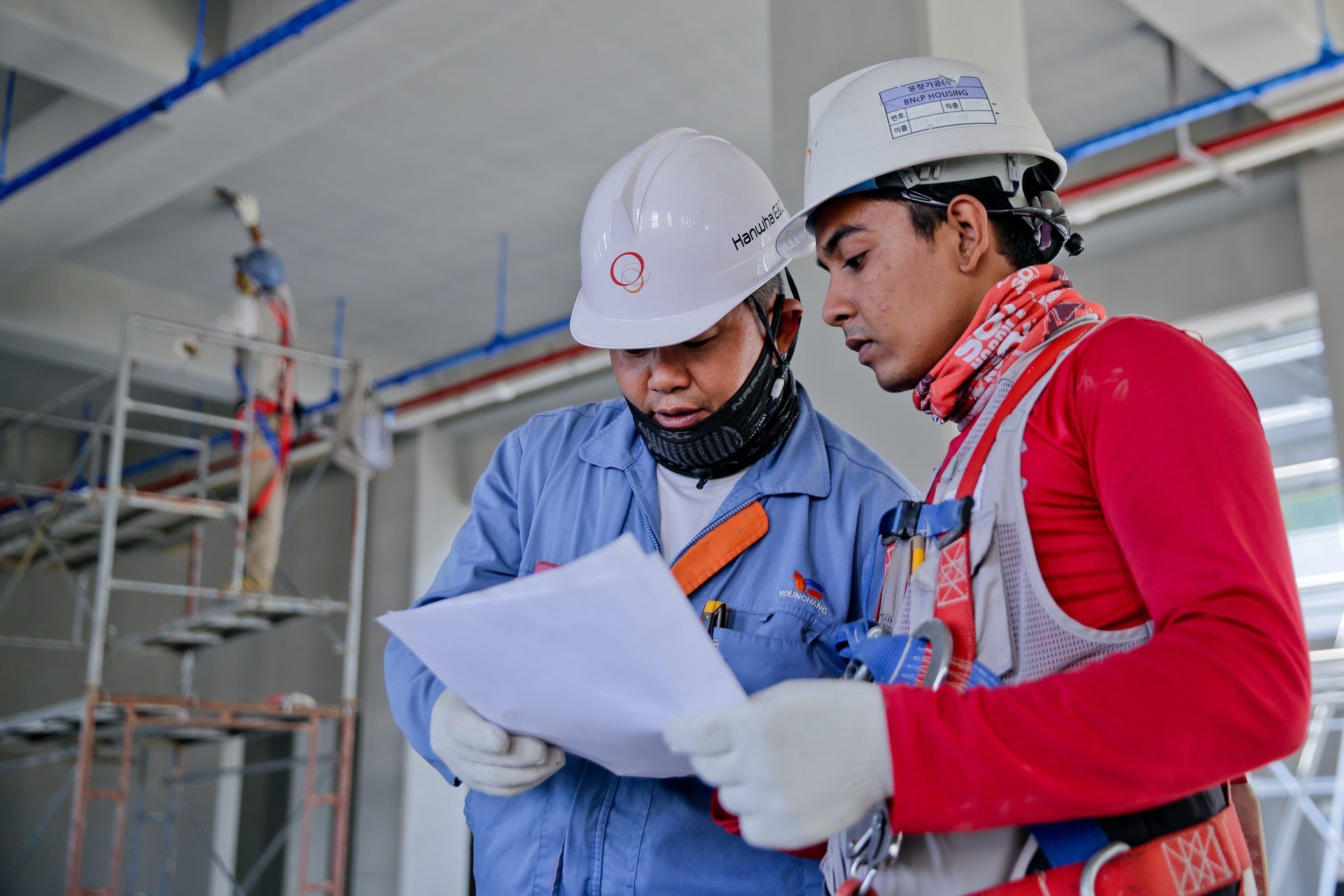
Managing internal inventories can be quite difficult. The production line primarily relies on inventory to keep the lines supplied and turning out items. Each process step needs a specific number of components to work; once used up, they must be replaced promptly to keep the process moving.
AI can help handle the difficulty of filling the production floor with the necessary inventory. AI can analyze component numbers, expiration dates, and factory floor distribution to make it more efficient.
Generative design
Machine learning algorithms are used in generative design to simulate an engineer’s design method.
Design criteria (such as materials, size, weight, strength, manufacturing processes, and cost limits) are entered by designers or engineers into generative design software, which then generates every potential result. Manufacturers may swiftly create thousands of design choices for a single product using this technology.
Will AI replace designers?: Midjourney AI art generator & Dall-E 2
Production optimization
Data-intensive tasks requiring innumerable historical data sets can be involved in process optimization. It is difficult to determine which process variables result in the best product quality. Numerous Designs of Experiments are often conducted by manufacturing and quality experts to optimize process parameters, but they are frequently expensive and time-consuming.
Engineers can discover the best process recipe for various items using the quick data-crunching speed of AI. Such as “What machine should I use for this high pitch emerging technology circuit board?” or “What conveyor speed or temperature should I input for the maximum yield?” AI will continuously enhance process parameters by learning from all production data points.
Robotics
Industrial robots, often known as production robots, automate monotonous operations, eliminate or drastically reduce human error, and refocus human workers’ attention on more profitable parts of the business.
Assembly, welding, painting, product inspection, picking and putting, die casting, drilling, glass manufacturing, and grinding are a few applications.
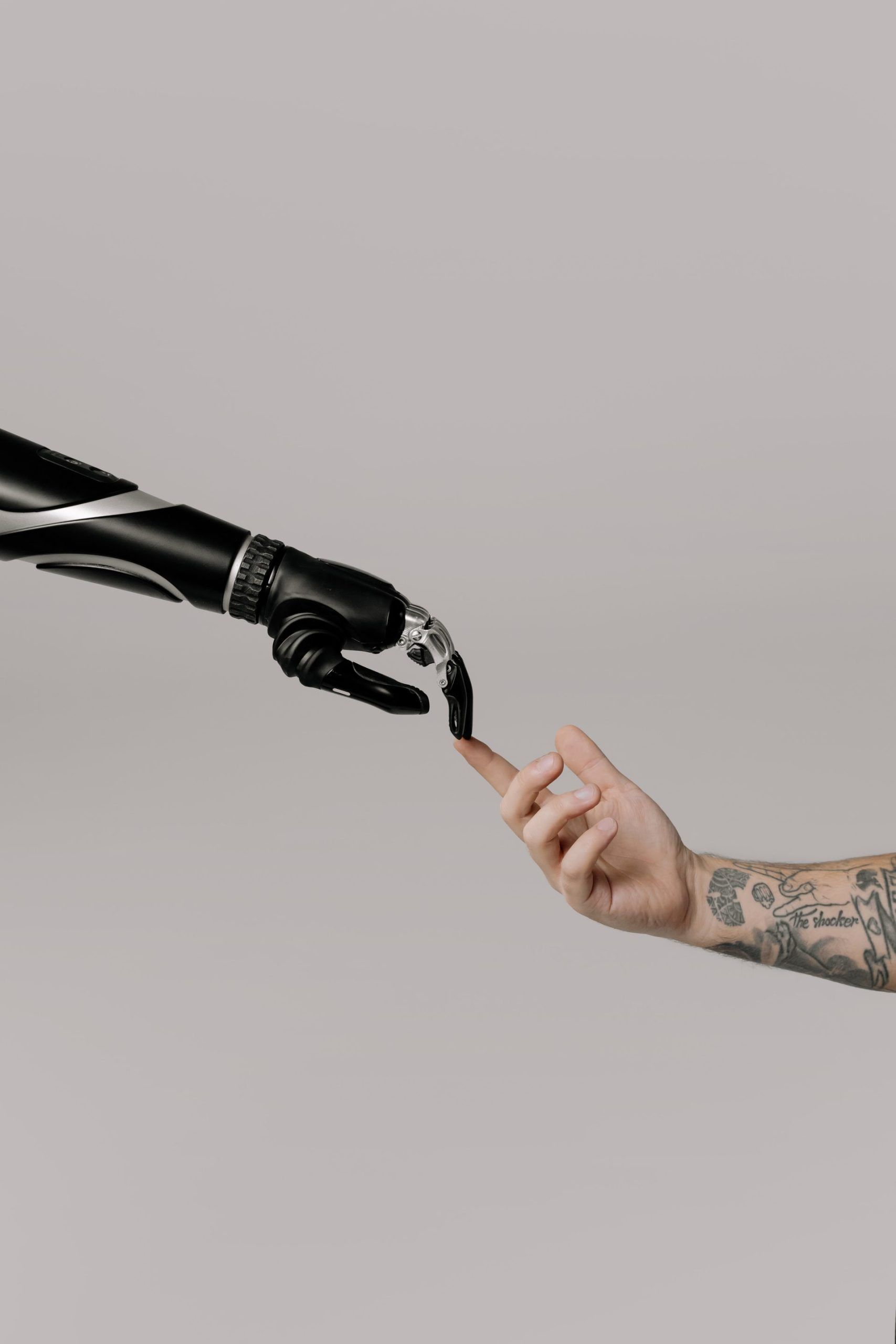
Price forecasting
Raw material price volatility has long been a problem for producers. Businesses must adjust to the unpredictable pricing of raw resources to remain competitive in the market. More correctly than humans, AI-powered software can anticipate the price of commodities and improve with time.
Predictive yield
Conversations about yield prediction often come up when AI in manufacturing is brought up. A high accuracy prediction AI model has an unlimited return on investment.
Supply chain and inventory management can better prepare for future component needs by forecasting yield. Production managers can be warned to extend production time to meet demand if the yield is predicted to be lower than projected. Yield prediction will require AI to solve its vast data problem.
Energy management
AI can assist in the frequently undervalued field of energy management. Most engineers lack the time necessary to evaluate the cost of plant energy use.
The cost of running a production process can greatly decrease by using AI to analyze energy usage. Additionally, lower costs allow more cash to be set aside for resources for process innovation, improving quality and production.
Quality assurance
As most flaws are observable, AI systems can use machine vision technology to identify variations from the typical outputs. AI technologies warn users when a product’s quality is below expectations so they can take action and make corrections.
Check out how is artificial intelligence changing the recruiting process
Inventory management
Since AI-powered machine learning systems can encourage inventory planning activities, they excel at handling demand forecasting and supply planning.
Compared to conventional demand forecasting techniques used by engineers in manufacturing facilities, AI-powered solutions produce more accurate findings. These solutions help organizations better control inventory levels, reducing the likelihood of cash-in-stock and out-of-stock situations.
Process optimization
Organizations can attain sustainable production levels by optimizing processes using AI-powered software. Manufacturers can select AI-powered process mining solutions to locate and eliminate process bottlenecks.
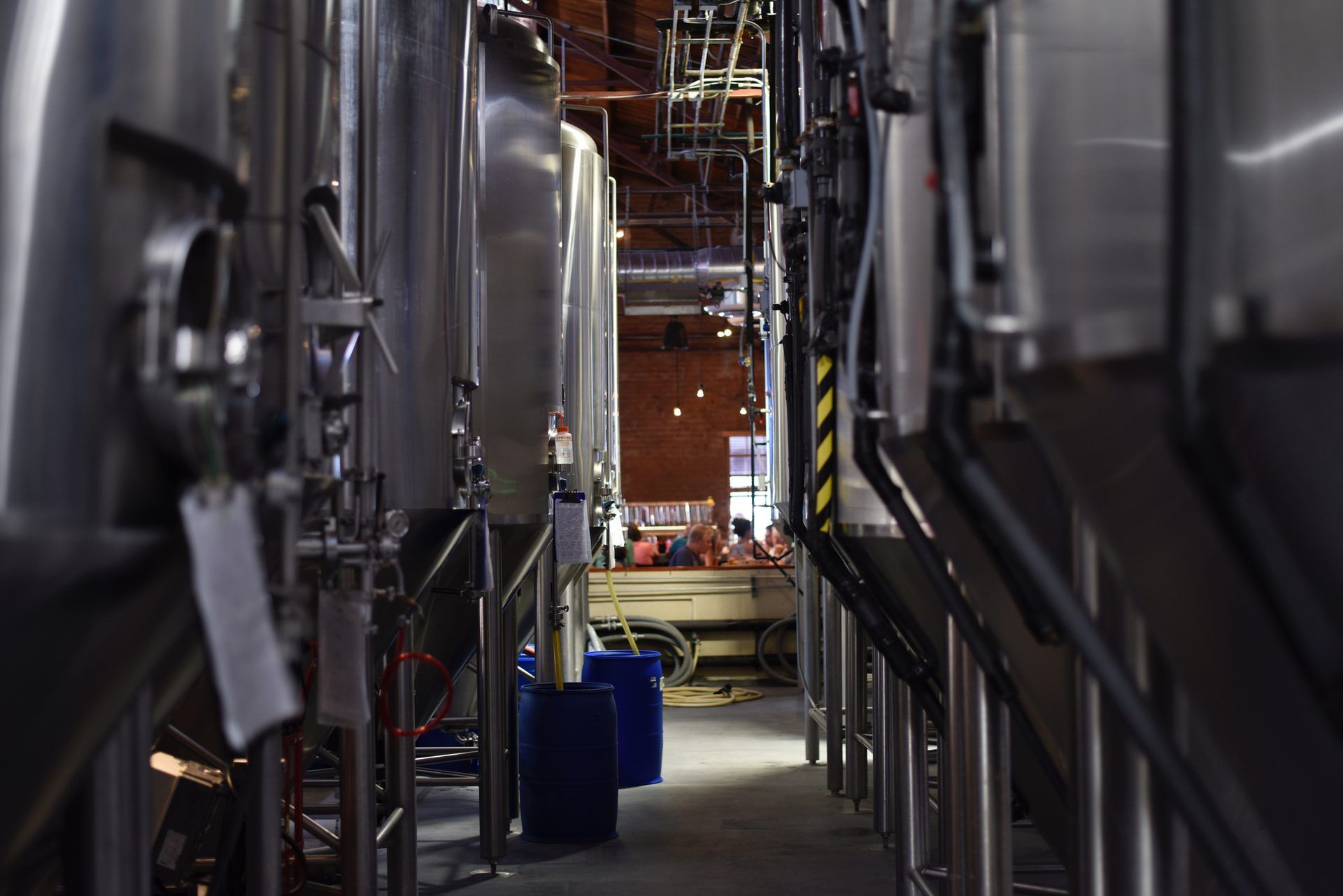
Creating digital twins
A virtual replica of a physical good or asset is called a “digital twin.” Manufacturers can increase their understanding of the product and enable organizations to experiment with future activities that might improve asset performance by combining AI techniques with digital twins.
Artificial intelligence in manufacturing industry examples
There are a lot of use cases of artificial intelligence in manufacturing. However, how are they used, and what are the effects of AI in manufacturing in real life?
Fanuc
Robotic employees are used by the Japanese automation manufacturer Fanuc to run its operations around the clock. The robots can manufacture crucial parts for CNCs and motors, continuously run all factory floor equipment, and enable continuous operation monitoring. It is a good example of artificial intelligence in manufacturing.
BMW Group
The BMW Group employs computerized image recognition for quality assurance, inspections, and eradicating phony problems (deviations from target despite no actual faults). They’ve succeeded in manufacturing with a great degree of precision.

Porsche
Porsche is another business that has profited from AI in manufacturing. They automate a sizable component of the automotive manufacturing process using autonomous guided vehicles (AGVs). The plant is more resistant to disturbances like pandemics thanks to the AGVs’ ability to transport car body parts from one processing station to the next without requiring human intervention.
Future of AI in manufacturing
Industrial Revolution 4.0 is altering and redefining the manufacturing sector thanks to artificial intelligence (AI). AI has significantly aided the advancement of the manufacturing industry’s growth. You can explore the effect of artificial intelligence in Industry 4.0 with this article.
Businesses already utilize it to streamline operations, increase safety, help manual workers put their abilities to greater use elsewhere, and ultimately boost their bottom line.
Companies will be able to recognize issues before they occur, enhance their product assembly line, and employ computer vision-based techniques to help grow their business, adding to the benefits of AI in manufacturing, which currently include lower costs and saved time.
Conclusion
Even in the face of ongoing change, AI can significantly help keep your manufacturing business running. It offers predictive analytics that can assist manufacturers in making better choices. Artificial intelligence has many advantages, from product design to customer management. These include improving process quality, streamlined supply chain, adaptability, etc.
However, there are several drawbacks to AI technology. Including high costs and susceptibility to cyberattacks. But AI’s benefits outweigh these drawbacks.





